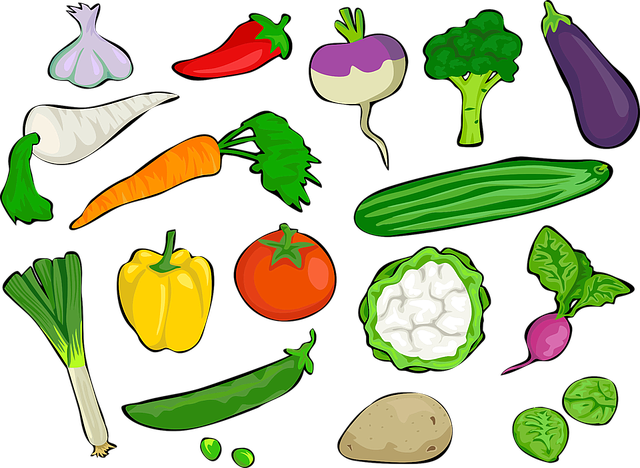Natural Erosion Control Through the Use of Cover Crops
Erosion is a significant obstacle in the ecologically sensitive agricultural dance. Traditional farming practices, such as tilling the soil and letting fields lie fallow in between planting seasons, typically result in soil erosion, which removes valuable topsoil. But cover crops are a natural ally in the battle against erosion. Not only do these unsung heroes keep soil healthy, but they also provide a plethora of other advantages to farmers and the environment.

1. The Protection From Erosion
The root systems of cover crops anchor the soil, creating a protective barrier that shields it from erosion. Their thick vegetation is a rain shield, soaking up precipitation before it can run off the land.
2. Enhanced Soil Structure
Cover crops improve soil structure in addition to controlling erosion. Plants with deep-rooted roots enhance water penetration and soil aeration by forming underground channels. In addition to avoiding soil compaction, this promotes a soil environment that is healthier and more resilient.
3. Nutrient Cycling
Nutrient cycling relies heavily on cover crops. They prevent surplus nutrients, such as nitrogen, from seeping into bodies of water by capturing them during the offseason. After being worked into the soil, these cover crops release nutrients that help maintain a healthy soil profile.
Final Thoughts
An eco-friendly and long-term answer to the problem of erosion is cover crops. In addition to protecting their land from erosion, farmers implementing these measures can improve soil health and increase crop yields.

